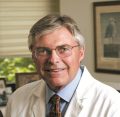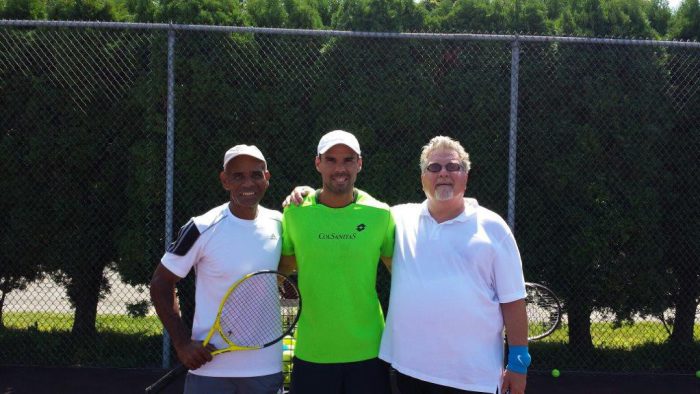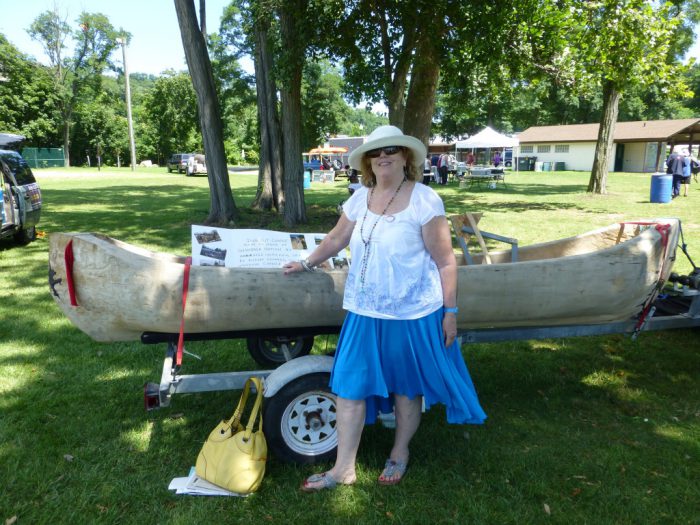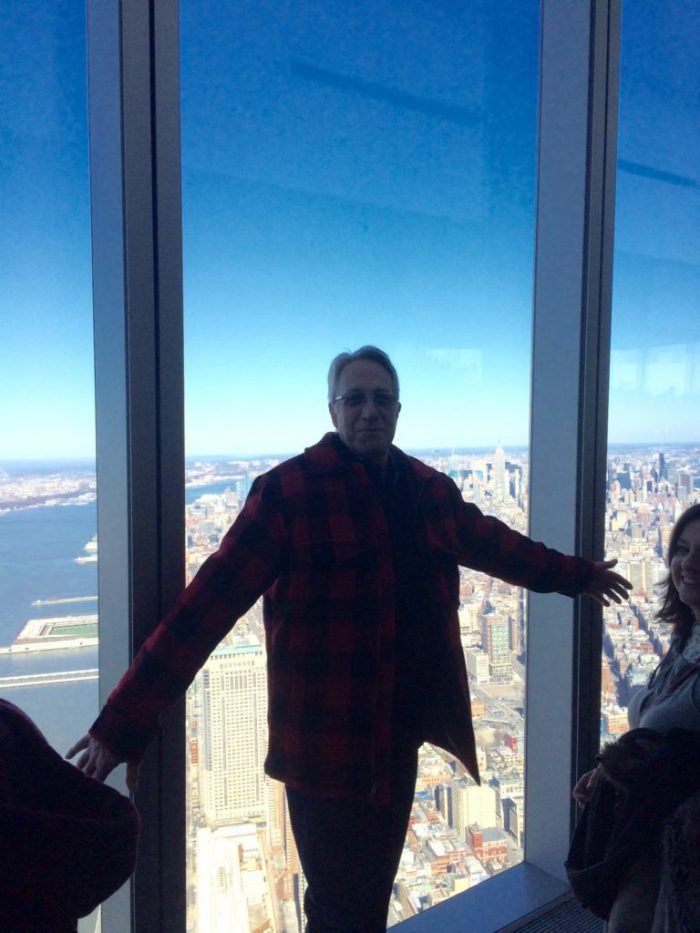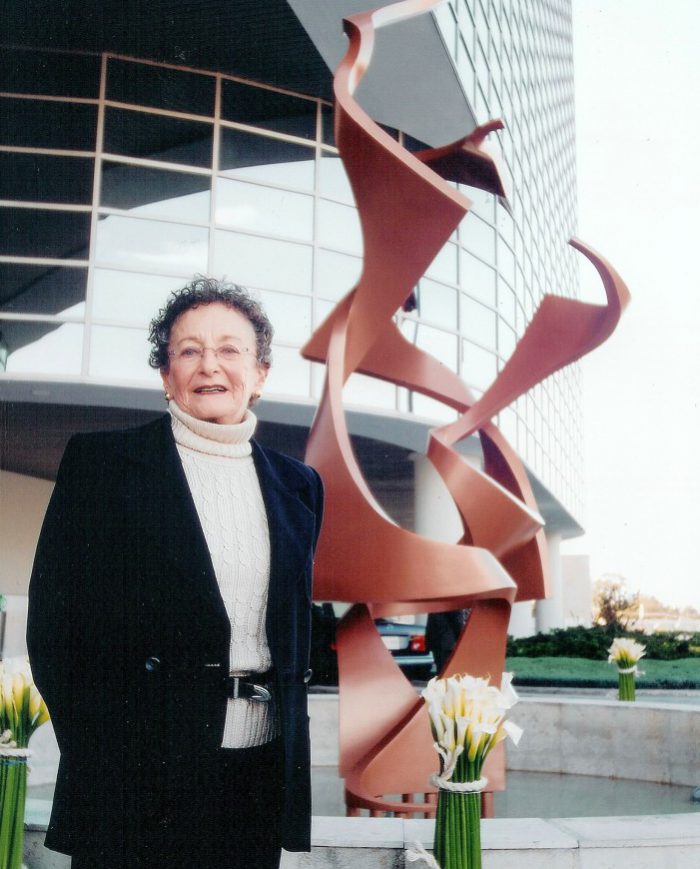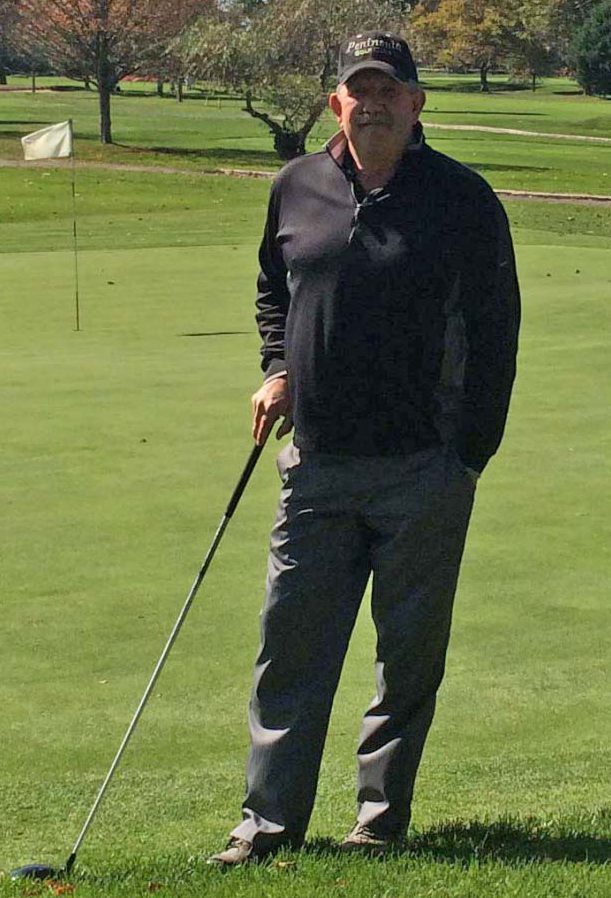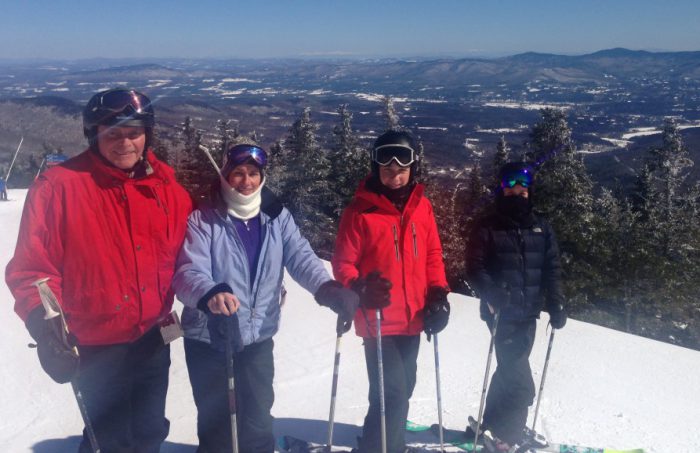
I am an orthopedic surgeon on the Hospital for Special Surgery staff with a heavy dose of my own medicine, osteoarthritis. Dr Chitranjan Ranawat replaced both of my hips and Dr Thomas Sculco replaced both of my knees. I am so grateful to these extraordinary surgeons for their expert care, restoring complete comfort in these joints and full function of my legs.
After residency and fellowship training at Hospital for Special Surgery (HSS), I was well on my way in my orthopedic surgery practice, when, in my late 40’s, I first developed symptoms of widespread osteoarthritis. I was diligent with conservative measures, but by age 54 my hip symptoms had progressed and Dr. Ranawat performed sequential bilateral total hip replacement; procedures that where tremendously successful. However, with widespread OA, the inevitable loss of supple hand and wrist function ended my ability to continue performing surgery. Fortunately, I have been able to focus on clinical research at HSS, as well as teaching and oversight of orthopedic content on our website, www.hss.edu.
As with my hip arthritis, for many years I was able to effectively control my knee symptoms with regular conditioning and anti-inflammatory medications (NSAIDS). I continued to be very active, skiing, playing golf and sailing with my wife and young sons. Nonetheless, my knee arthritis steadily progressed, and by age 70 reached end-stage, with night pain and knee bone-on-bone contact evident on x-ray. Dr Thomas Sculco performed bilateral knee replacement during a single surgical procedure. Even though I am “in the business” as a knowledgeable orthopedist, with Dr Sculco’s surgical expertise and state of the art HSS anesthesia, using regional anesthesia with selective nerve blocks, I was amazed by my post-operative comfort and rapid return of function. I was able to stand and walk around my bed the afternoon after my surgery! In the hands of HSS physical therapists I recovered very quickly. Six weeks after my knee replacement surgeries, considered early in my recovery, my wife and sons were setting off for a day of skiing. I was very tempted to go with them; I was doing so well and certain that I would be able to ski. My wife wisely convinced me not to go; primarily due to the fact that if my friend and surgeon Tom Sculco found out he would not have been amused!
Now, twenty years after bilateral hip replacement and two years after bilateral knee replacement I never even think about these joints; I have no pain and feel my legs are totally restored. I spend many weeks on the slopes skiing (carefully) with my family, as well as summer golf and sailing.
Osteoarthritis (OA), the progressive loss of the essential articular cartilage that cushions and enables the smooth movement of our joints is the most common type of arthritis and the most frequent cause of disability among adults in the United States; and yet, the underlying cause of osteoarthritis is not well understood. Clearly injuries to a joint, such as the knee, can be a significant factor in eventual degeneration of the joint’s protective articular cartilage; the “wear-and-tear” basis for eventual arthritis. Indeed I had my share of heavy pounding playing college football, wrestling and lacrosse, and an ongoing regular routine of running, skiing and racket sports. But I never had a major joint injury. I have seen many patients and have many friends who endured the same level of “wear-and-tear” as I, and yet have pristine joints with no evidence of OA. There is an underlying cause, a predisposition to OA in patients such as myself. The prevalence of osteoarthritis and the resulting pain and disability is an ongoing challenge for musculoskeletal medicine. We need to better understand the cause of this disease; good reason to support research at HSS with this objective.
As an orthopedic surgeon and a very appreciative patient with widespread OA, I understand how fortunate I am to live in the era of tremendous advances in treating all levels of arthritis. There are evolving options for the conservative management of early stages of the disease, including encouraging studies involving joint cartilage (surface) restoration. For advanced arthritis, joint replacement devices and techniques are tremendously successful. Drs. Ranawat and Sculco have been responsible for many of these innovations. Complications are minimized and total hip and knee replacement surgery are among the most successful procedures in modern day surgery, resulting in consistent and durable relief of pain and restoration of active function.
It is very important to recognize as well the advances in all areas of expertise that are essential to the success of diagnosing and treating musculoskeletal conditions. The collaboration of multi-skilled specialists in medicine, radiology, anesthesia, nursing and rehabilitation are vital to the level of excellent patient care achieved at HSS. As the leading academic orthopedic center in the United States, the HSS mission extends beyond first rate patient centered care. HSS is recognized as a world leader in musculoskeletal research, education and training of future musculoskeletal physicians and surgeons. My surgeons, Drs. Ranawat and Sculco, continue to teach and mentor protégés who carry on their tradition of excellence.
I must emphasize that a commitment to consistent exercise has been essential to the success of my surgeries and ongoing vigorous activity. Certainly regular walking is a good start. I am an enthusiastic proponent of aquajogging, which I do at least three times a week. Aquajogging involves wearing a flotation belt and running laps in the deep end of a pool. I look forward to these sessions; studies suggest that eight minutes of aquajogging is equivalent to jogging one mile. Primarily aquajogging duplicates normal function, conditioning leg muscles and restoring joint motion. There is also the important added benefit of upper-body and core strengthening as you perform exaggerated motions of running against the resistance of the water; preserving upper and lower body motion and strength, with no impact on the joints!
I have found that that the following are very important in dealing with hip and knee arthritis:
• Conservative measures are effective in minimizing symptoms and maintaining function. Perhaps most important is to avoid gaining weight and to exercise on a regular basis to strengthen leg muscles. Maintaining muscle strength around an arthritic joint diminishes the weight-bearing burden and helps to preserve joint motion.
• With advancing arthritis, consult a good surgeon and discuss treatment options and the indications for surgery. There is a threshold for each individual, when the risk-benefit equation shifts in favor of surgery. You don’t want to get to the point where your function is significantly diminished; the stronger you go into surgery, the stronger you come out.
• Choose a surgeon and a hospital that performs a high volume of these procedures and has the expertise to consistently meet the technical demands of doing them correctly.
• Teamwork. Joint replacement surgery is a team effort. Along with a skillful experienced surgeon, expertise in anesthesia, nursing and rehabilitation is essential.
• In addition to the capability of caregivers, the outcome of hip and knee replacement is very patient dependent. A commitment to personal discipline in maintaining body weight, general fitness and muscle strength around the joint are important to enjoy the long term benefits of this life changing surgery.
• I had all of my care at Hospital for Special Surgery. In my personal and professional experience there is no other hospital that provides such a high level of patient centered commitment to every aspect of care; truly the collaborative effort of extraordinary physicians, surgeons, anesthesiologists, nurses and physical therapists who are the best at what they do. HSS has an exceptional culture of patient centered care and innovation that is unmatched and yet is always looking to improve. Anyone who experiences what HSS does day after day clearly understands why it is rated the best orthopedic center in the country year after year.
Edward C. Jones MD, MA
